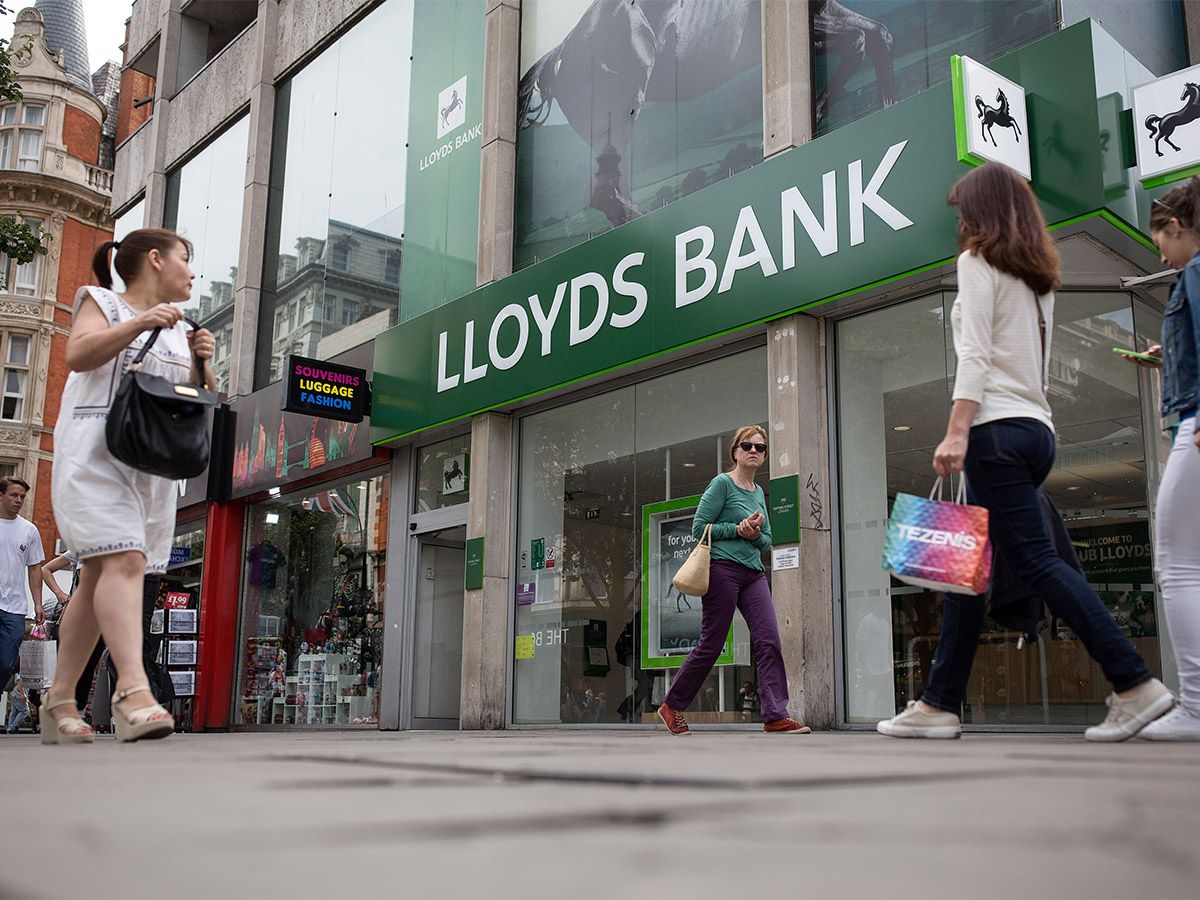Days ahead of its half-year results on 31 July, Lloyds Banking Group [LLOY] is continuing in its struggle to gain a positive consensus among investors.
The UK bank’s share price fell 1.4% for the week as of market close on 19 July, and fallen by more than 10% since its underwhelming Q1 earnings report on 2 May. Analysts do not seem convinced that the bank has turned its fortunes around this quarter, with many slashing earnings forecasts while others continue to downgrade its rating.
The fear that the UK will crash out of the EU this October is a driving factor for bears, as Lloyds is one of the largest banks in the UK, as well as its largest mortgage lender, which ties its fortunes to the prosperity of the country’s economy.
Despite this, Lloyds has some positive stats behind it. In the year-to-date, the bank’s share price has gained 12% to 56.79p as of 19 July’s close. In addition, the bank’s dividend yield remains at 5.55%, while earnings per share is 5.5p, beating the FTSE 100 average. This is one of the key appeals of the Lloyds stock, as we discussed in our analysis of the stock earlier this month.
12%
Lloyd's year-to-date share price increase
The case for a sell
Zacks Rank noted on 18 July that Lloyds is currently a stock to avoid from a technical perspective, as the firm is seeing unfavourable trends when it comes to moving average crossover. With the 50-day average recently breaking out below the 200-day simple moving average, it suggests there is some short-term bearishness, according to the firm.
Zacks, which rates the bank as a “sell”, also predicts unfavourable short-term trading for Lloyds shares. Meanwhile, Investing.com takes this attitude a step further, pegging the stock as a “strong sell” from a technical perspective.
These ratings follow a 16 July downgrade from JP Morgan from “overweight” to “neutral” due to the “rising chances” of a no-deal Brexit. The firm also trimmed its share price target from 80p to 70p, citing its economists’ prediction at the time of a 25% probability of a no-deal Brexit under a new prime minister.
Royston Wild writes on Motley Fool that he is “not expecting anything but another ghoulish update” for Lloyds’s half-year results. The bank registered consumer credit growth at 5.6% in May, representing the lowest level of lending in the UK since April 2014.
| Market cap | £40.2bn |
| PE ratio (TTM) | 10.36 |
| EPS (TTM) | 5.50 |
| Operating margin (TTM) | 34.50% |
Lloyds share price vitals, Yahoo Finance, 23 July 2019
The case for a buy
Ahead of Brexit and all of its uncertainties, Lloyds could offer up some positives in the short-term.
Some are looking forward to Lloyds reaching the end of its PPI payouts on 29 August, which would free the bank from continued cash burn and enable it to distribute more cash back to shareholders. Morgan Stanley [MS], for example, is expecting a £2.5bn buyback before the end of 2019, which would increase Lloyds’ dividend yield to 12% from the current price.
Last week, HSBC [HSBC] raised the bank’s target price to 58p on 9 July, representing a potential 2% upside on Friday’s closing price. But the bigger rewards could be seen by those willing to hold onto Lloyds stock for the longer term.
In a note to clients, UBS [UBS] reiterated its “buy” position for Lloyds, saying that Brexit worries have largely been priced in. Taking a wider view, it also added that the downturn for UK-exposed stocks, which have been experiencing weak momentum for months, may have already bottomed out at the end of last year.
So in the longer-term, UBS sees Lloyds shares with a potential upside of 29%, setting a price target of 80p that would bring them back to levels not seen since 2015. Given its current low price and a forward earnings multiple of 7.6, an H1 earnings surprise could be the start of a positive growth trajectory for Lloyds shareholders.
Continue reading for FREE
- Includes free newsletter updates, unsubscribe anytime. Privacy policy





